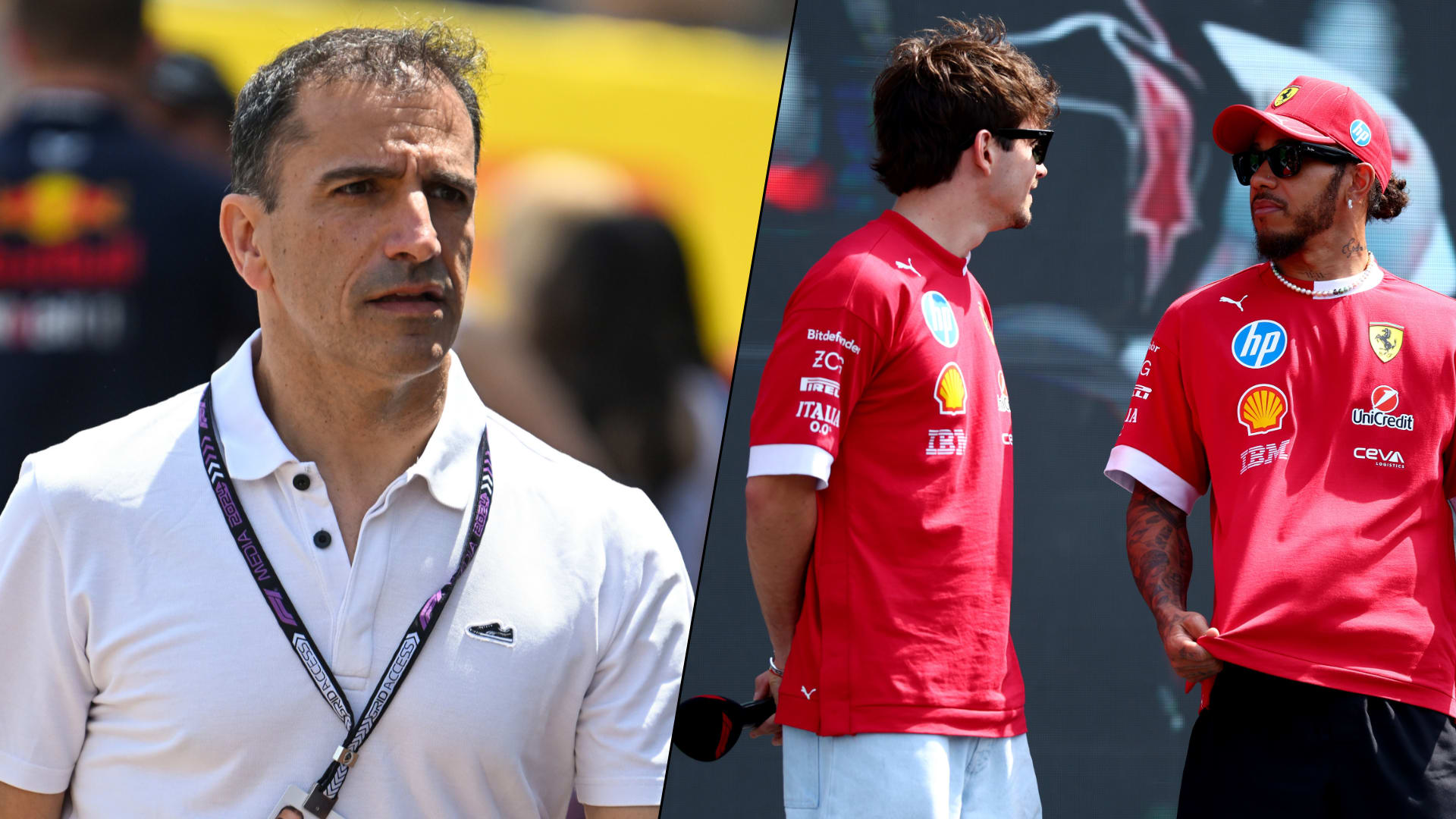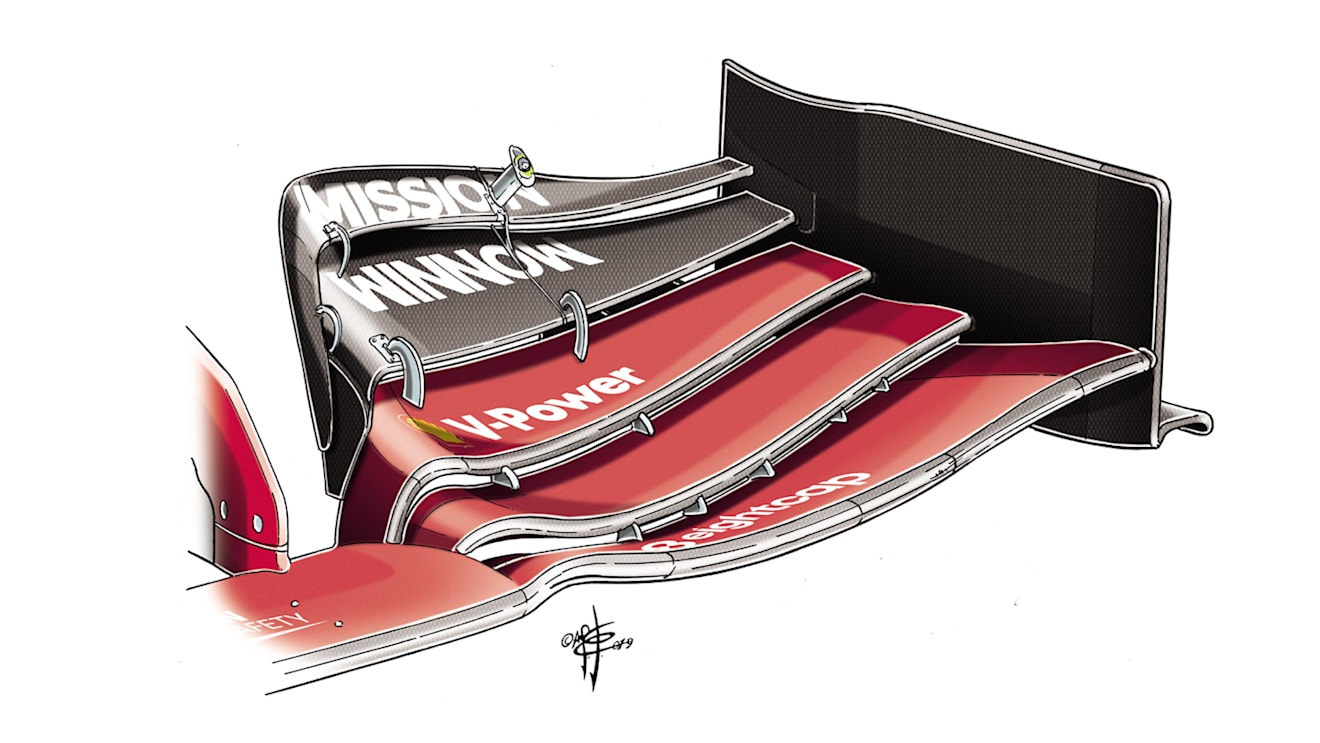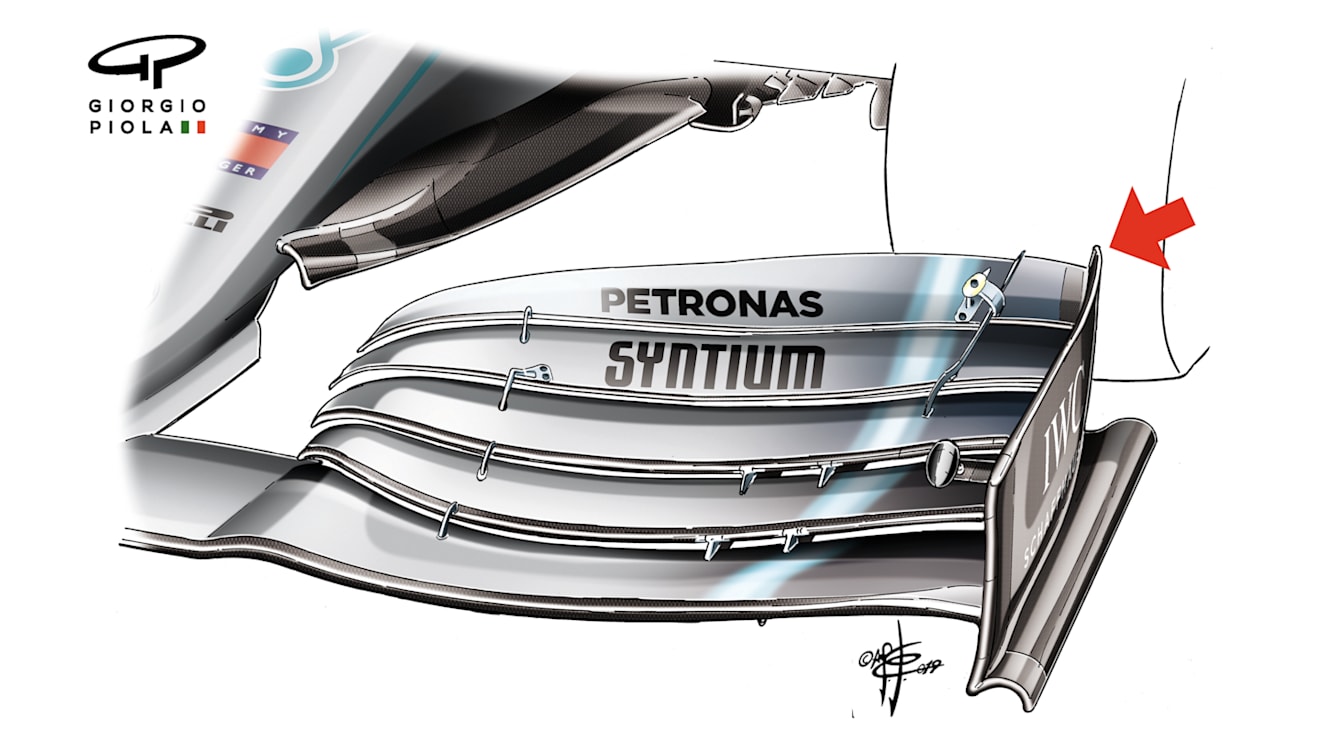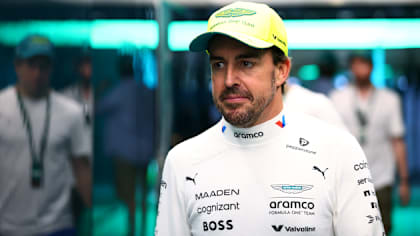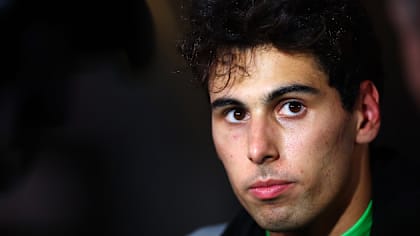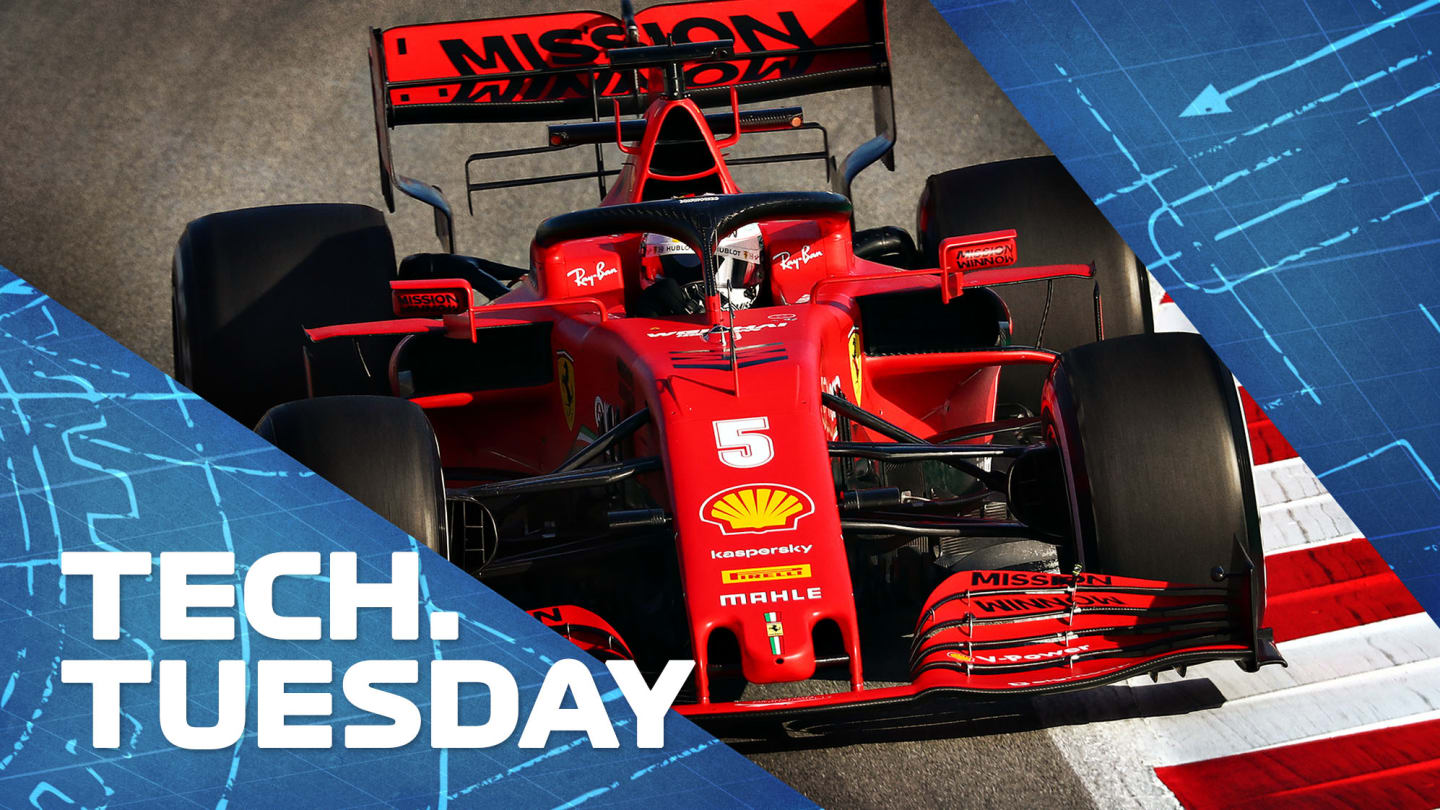
Technical
TECH TUESDAY: Should we expect to see a different Ferrari from testing in Austria?

Share

Mercecdes fired a warning to their rivals last week with the news that they will be bringing a raft of upgrades for their car to the first race of the delayed 2020 season in Austria in July. But what of Ferrari? We had them third in our power rankings after testing in February, but have they been able to make any progress since then? F1 technical expert Mark Hughes investigates...
Ferrari are not publicly in an optimistic frame of mind ahead of the delayed start to the season in Austria. The team's prospects are essentially as they were when F1 became frozen in time as the pandemic shut down the world in March.
But with one difference: the implications of the technical choices made for the SF1000 2020 car now extend through 2021, given the postponement of the all-new F1 regulations and the stipulation that existing cars must be used next year.
ANALYSIS: What the 2021 rules delay means for F1
On the face of it, this may seem like bad news for Ferrari. It based the SF1000 very much around the preceding SF90 (which had its own flaws) rather than creating an all-new car for what was going to be just this season.
For this year the Scuderia preferred merely to update the existing SF90 concept – albeit with a longer wheelbase, narrower gearbox and lower-sited radiators – and devote more of its resources to the car for the all-new regulations, then scheduled for ’21 (but now ’22).
The key limitation of the SF90 was a general lack of front end downforce. Its inboard-loaded front wing prioritised getting a good outwash around the front wheels and down the sides of the body, even at the expense of direct front downforce. The rest of the car was designed around this concept of wing and the SF1000 retained it.
Most other teams, notably Mercedes and Red Bull, went with an outboard-loaded wing which generated more downforce from the wing itself, even if achieving a good outwash of airflow down the length of the car was made more challenging.
1 / 2
It became apparent right from the beginning of last year that the Mercedes had a much better aerodynamic balance than the Ferrari. The Italian team spent much of the year trying to develop its way out of that basic shortfall, the hindrance of which varied according to the track layout.
Generally, its power advantage and low drag could overcome the downforce shortfall at power-sensitive tracks, one of which was Austria’s Red Bull Ring, where Charles Leclerc qualified the car on a comfortable pole position and led until three laps from the end when Max Verstappen’s Red Bull found a way past.
Given that this is the very track around which the season begins – with two races there in successive weekends – that sounds good for Ferrari’s prospects, surely?
ALL THE ANGLES: Verstappen's dramatic late pass on Leclerc at the Austrian GP
Perhaps not. “I do not expect us to be the fastest car in Austria,” said Matia Binotto recently. “We must achieve the maximum possible points at the start of the championship and try to react afterward.”
It’s anticipated that the horsepower advantage enjoyed by the Scuderia last year will no longer be there, given the tightening-up of the regulations, specifically those regarding fuel flow.
READ MORE: Ferrari to hold private test at Mugello ahead of season opener
Testing in Barcelona this year suggested that the SF1000 – which had been configured to produce more downforce than last year’s car – still had an aerodynamic shortfall and, as expected, it did not have the straightline speed advantage of its predecessor.
Sebastian Vettel reported it was better in the low-medium speed corners which had been the SF90’s biggest weakness – but not by enough, judging from its lap times, which were well adrift of Mercedes. In the long runs of the second week the Ferrari was vying with the Red Bull as the second-fastest car, but some way shy of the Mercedes.
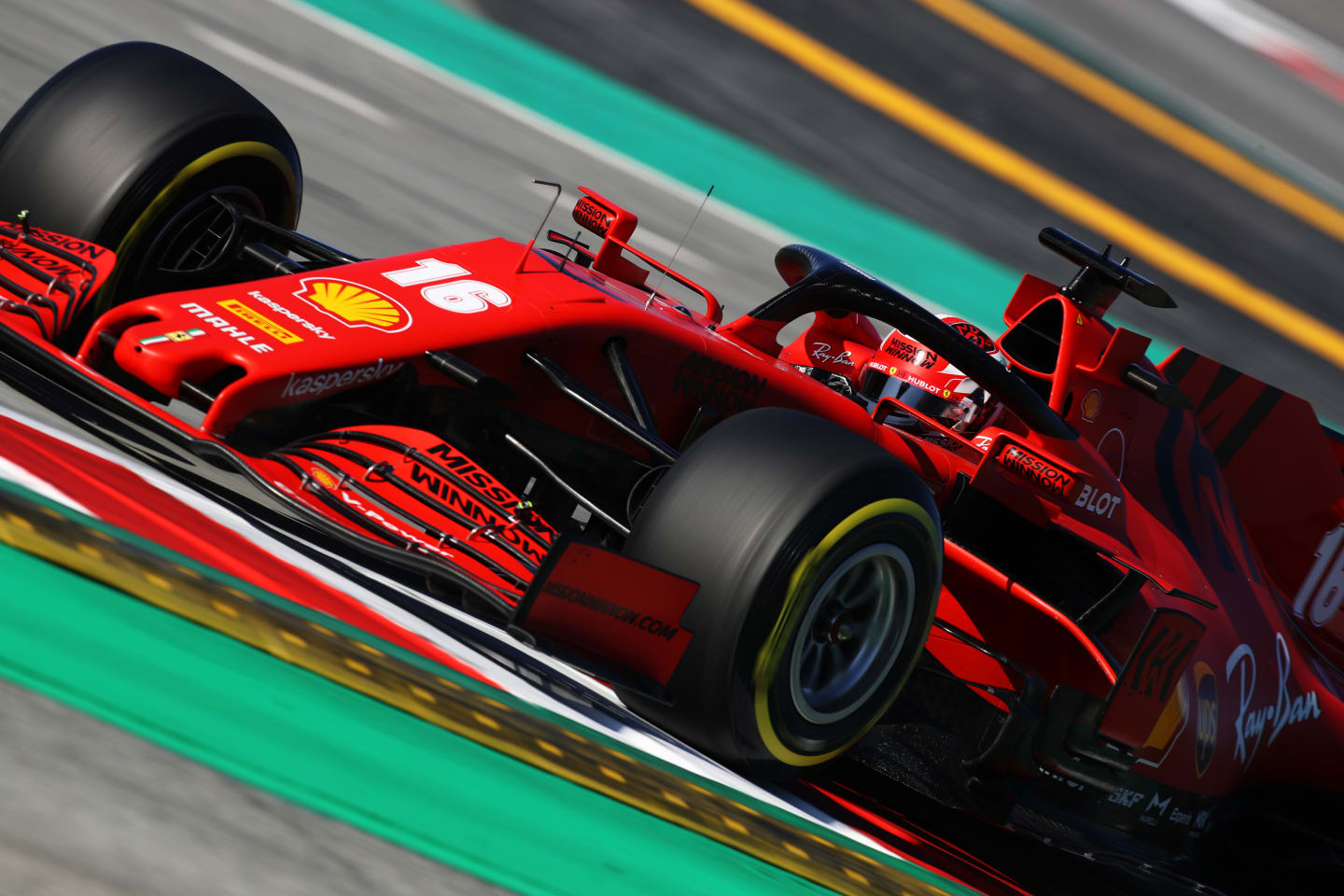
At winter testing in February the Ferrari looked to be in a battle for second quickest with the Red Bull
Reports in the Italian media that for Austria Ferrari has a significantly upgraded engine – which might conceivably return its power advantage – have been resolutely denied by the team. As has the suggestion that the narrow gearbox has proved insufficiently stiff and will have a new bulkier casing here.
The car will have benefitted from the few weeks of simulation time since the test car was signed off, plus further time since the factory shutdown was eased. The key aero surfaces will likely be subtly different, but the bigger developments are further down the road. Ferrari will be aggressively developing this car through the year in trying to eliminate its downforce shortfall.
So unless Ferrari have been creating a giant smokescreen, their start to the season may be quite challenging.
READ MORE: 'Naivety' helped Leclerc beat Vettel in first year at Ferrari, says Webber
YOU MIGHT ALSO LIKE
News ‘I will see how motivated I am’ – Alonso opens up on his F1 future post-2026 as he insists he doesn’t want to ‘compromise’ Aston Martin
News Doohan praises Alpine for removing pressure around his future with the team
News Aston Martin boss Cowell explains how wind tunnel has ‘opened our eyes’ to new tricks
News ‘It's all about patience’ – Bortoleto admits transition from F2 title winner to F1 backmarker is ‘not easy’
